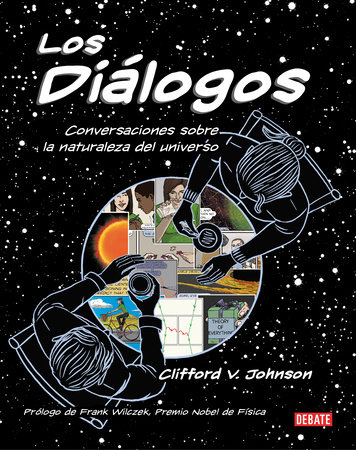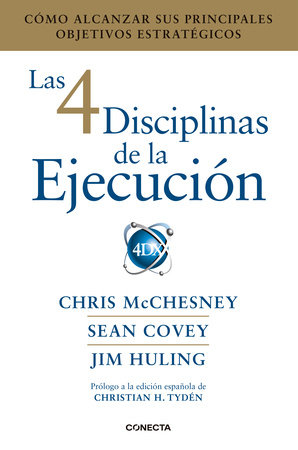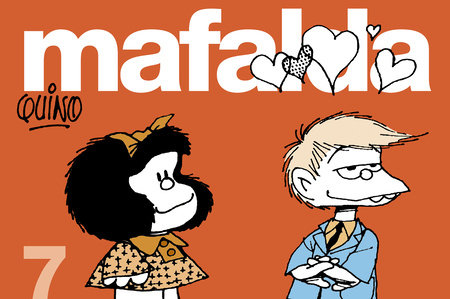El origen del universo y otras conversaciones sobre ciencia en forma de cómic.
El físico Clifford Johnson cree que deberíamos tener más conversaciones sobre ciencia. La ciencia debe estar en nuestro menú diario de conversación, junto con temas como la política, los libros, los deportes o el último drama televisivo. Las conversaciones sobre ciencia, nos dice, no deberían dejarse en manos de los expertos.
En Los Diálogos, Clifford nos invita a escuchar a escondidas una serie de nueve conversaciones en forma de novela gráfica, escrita y dibujada por él, sobre “la naturaleza del universo”. Estas conversaciones suceden en lugares de alrededor del mundo: en museos, en trenes y en restaurantes. Los conversadores son hombres, mujeres, niños, expertos y aficionados a la ciencia. Una vez hemos sido testigos de sus conversaciones, que tratan temas que van desde la ciencia de la cocina hasta el multiverso y la teoría de cuerdas, quizás ya podamos empezar una nosotros mismos.
Es de esta manera que Johnson propone el cómic como plataforma perfecta para explicar la física, ya que, como suele decirse, una imagen vale más que mil palabras.
Es muy probable que los lectores de Los diálogos aprecien la forma tan única con la que Johnson enfoca las conversaciones sobre física con el público general y que admiren su pasión por esta disciplina. –Physics Today.
El nuevo libro de Johnson, Los diálogos, es una exploración que penetra en cuestiones tanto antiguas como modernas sobre la naturaleza del universo. Me ha parecido un libro cautivador, y el formato de novela gráfica no ha hecho más que acentuar esa impresión. -Adam Frank, National Public Radio.
Los diálogos ilustra cómo la ciencia puede ser un tema corriente de conversación para todo el mundo. –CBC.
ENGLISH DESCRIPTION
A series of conversations about science in graphic form, on subjects that range from the science of cooking to the multiverse.
Physicist Clifford Johnson thinks that we should have more conversations about science. Science should be on our daily conversation menu, along with topics like politics, books, sports, or the latest prestige cable drama. Conversations about science, he tells us, shouldn’t be left to the experts. In The Dialogues, Johnson invites us to eavesdrop on a series of nine conversations, in graphic-novel form—written and drawn by Johnson—about “the nature of the universe.” The conversations take place all over the world, in museums, on trains, in restaurants, in what may or may not be Freud’s favorite coffeehouse. The conversationalists are men, women, children, experts, and amateur science buffs. The topics of their conversations range from the science of cooking to the multiverse and string theory. The graphic form is especially suited for physics; one drawing can show what it would take many words to explain.
In the first conversation, a couple meets at a costume party; they speculate about a scientist with superhero powers who doesn’t use them to fight crime but to do more science, and they discuss what it means to have a “beautiful equation” in science. Their conversation spills into another chapter (“Hold on, you haven’t told me about light yet”), and in a third chapter they exchange phone numbers. Another couple meets on a train and discusses immortality, time, black holes, and religion. A brother and sister experiment with a grain of rice. Two women sit in a sunny courtyard and discuss the multiverse, quantum gravity, and the anthropic principle. After reading these conversations, we are ready to start our own.






















